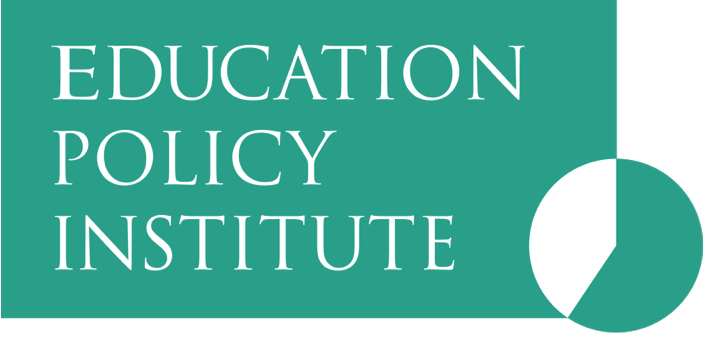Todate, standardsin primary schools have been measuredthrough two instruments; SATs scores and Ofsted inspection outcomes. Both measures havebeen critiqued by some in the sectorwho argue that they have a negative impacton teacher workload anda lack of recognition of pupil demographics(e.g.levels ofdeprivationoradditional educationalneeds). Both measures are also high stakes for schools;andSATs results are(in normal years) published and used tocreate “league tables”and can trigger Ofsted inspections.
Some stakeholders, including school leaders, teachers and parents,alsohave concerns about the efficacy of SATs and the extent to which the continued focus on test scores as a measure of school standards risks displacing a broader and more balanced evaluation of both pupil and school achievement. There are further concerns that SATs, though intended to below stakes for pupils, have unintended consequences including an effect on wellbeingandimpact on breadth of curriculum through a heavy focus onpreparing for tests.
The government’s ‘Levelling Up’ white paper, published in February 2022, set out its ambition for 90% of pupils to achieve the expected standard in reading, writing and maths by the end of Key Stage 2, by 2030.This target was reachedby just 1% of schools in 2022.1The 2030 cohort of primary pupils will be starting Reception in September 2023, meaning that it now seems timely to ask: what do high standards really meanin practice?

